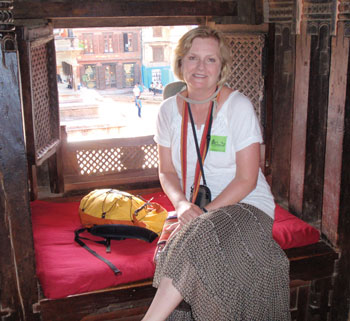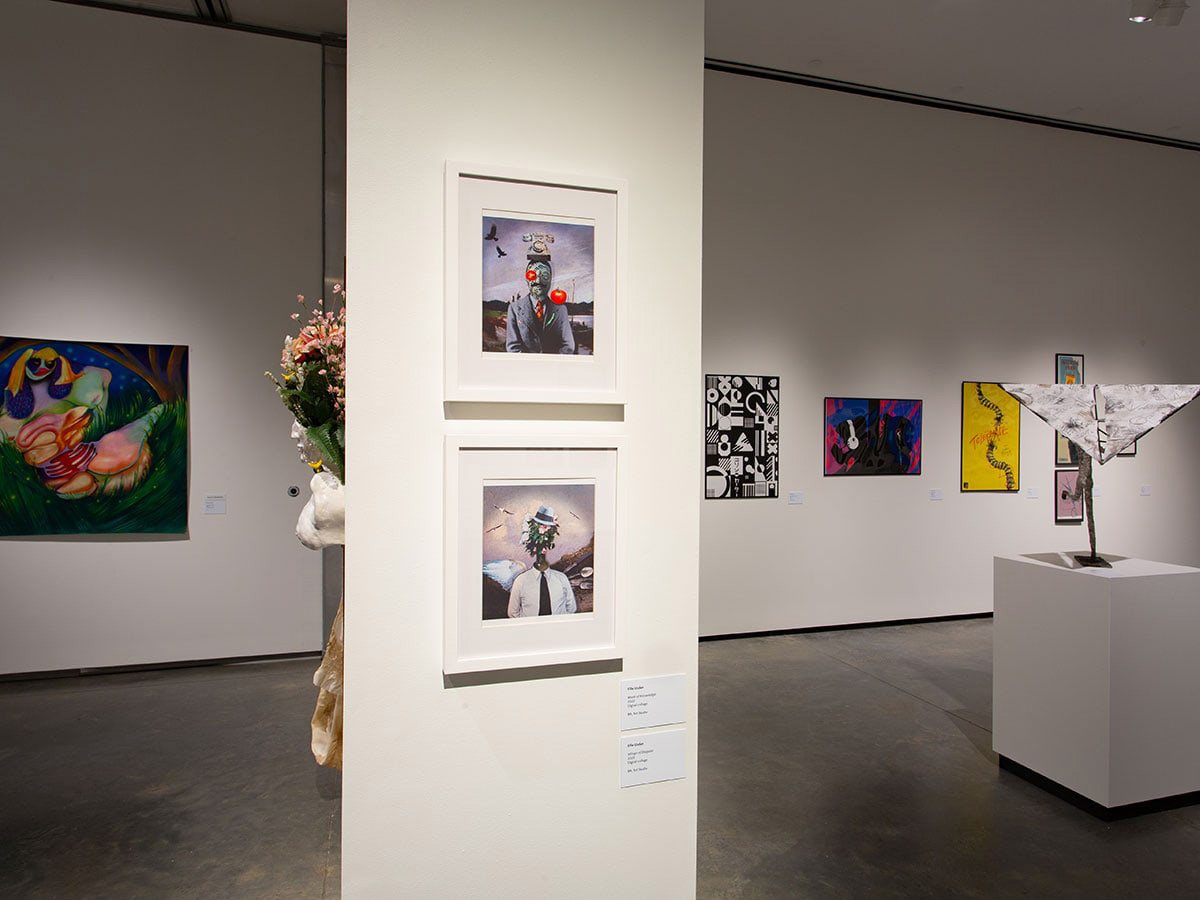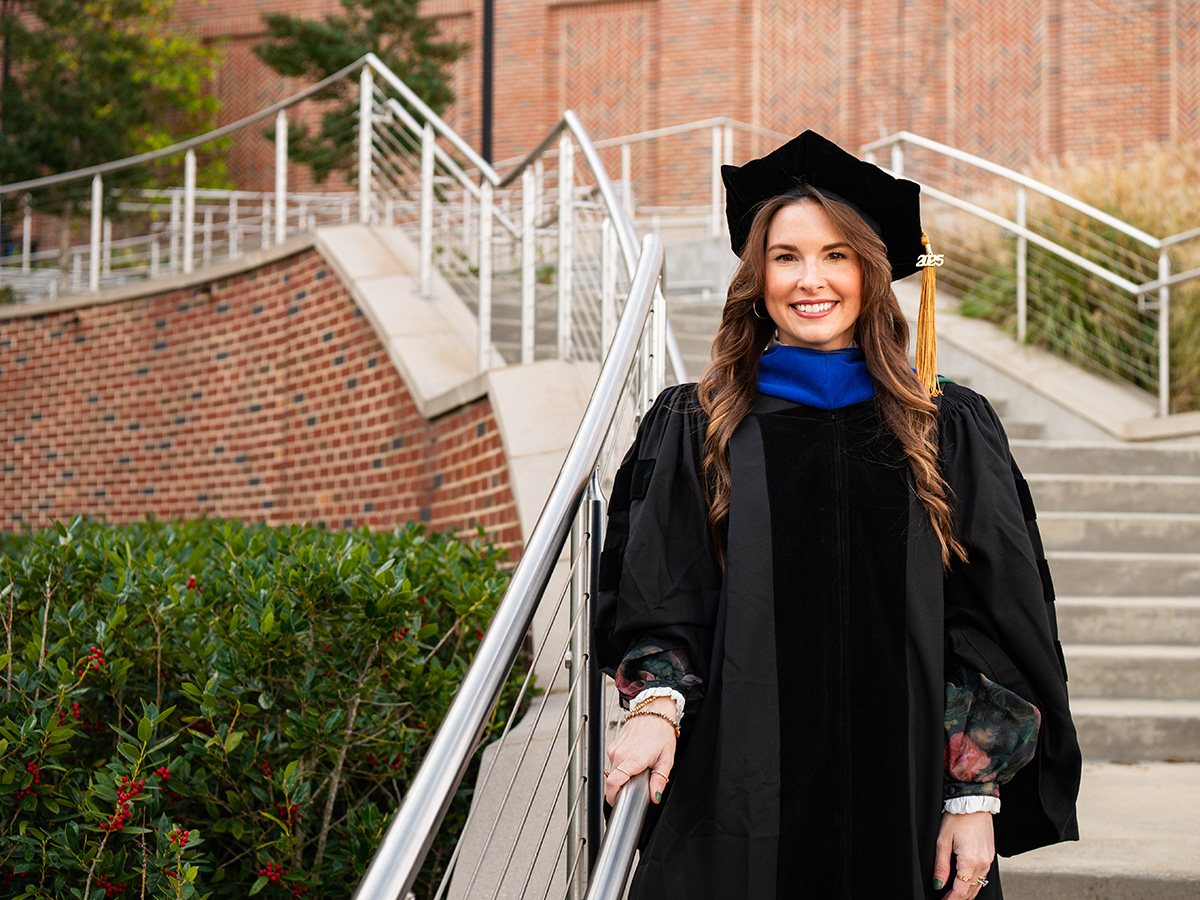The importance of The College to the community
By Cynthia Ryan, associate professor of English specializing in composition and rhetoric.Kairos. The ancient Greeks coined the term to describe the opportune time and place for action. The savviest folks in the courtroom or at the agora, a common meeting place back in the day for deliberating with fellow citizens, were those who knew not only how to craft a stellar argument, but also when and how to deliver it to achieve the desired result. While we’re a long way from ancient Greece in 2014 Birmingham, we in the College of Arts and Sciences know a thing or two about embracing ideas when the time is right, the iron is hot, the planets align . . . you get the idea.
 Cynthia RyanAs the stories in this issue reveal, students and faculty across CAS are engaged in the kinds of cutting-edge research and energizing collaborations that will make this a year to remember. Our new dean, Robert Palazzo, set the stage when he described the college as “a platform for the collision of ideas.” Over time, we’ve come to value what happens when you gather lots of folks, not of the same mind, to tackle issues that affect multiple disciplines and stakeholders. The result can be pure magic.
Cynthia RyanAs the stories in this issue reveal, students and faculty across CAS are engaged in the kinds of cutting-edge research and energizing collaborations that will make this a year to remember. Our new dean, Robert Palazzo, set the stage when he described the college as “a platform for the collision of ideas.” Over time, we’ve come to value what happens when you gather lots of folks, not of the same mind, to tackle issues that affect multiple disciplines and stakeholders. The result can be pure magic. Several of the alumni entrepreneurs profiled in the magazine illustrate the point. For instance, Stephen Brossette, M.D., Ph.D., launched the company MedMined after recognizing that data he was gathering for one purpose could be used to solve another problem of significant import: tracking infection rates in hospitals and among specific populations to assist in predicting and responding to disease. Surrounding himself with engineers, UAB professor of optometry Larry DeLucas, O.D., Ph.D., saw that the exciting ideas and products they were co-developing could be shared with a much wider audience — a decision that’s taken both him and his discoveries into outer space.
The brand of storytelling that comes to life in UAB’s Digital Media Lab also reflects kairos at its best. As director of the center Rosie O’Beirne notes, a new media landscape requires that students from many orientations come together to do what they do best in collaboration to create the kinds of multimodal projects that define how we know what we know in the 21st century. Writers. Graphic designers. Musicians. Videographers. By working in tandem at this pivotal time in The College, these student-experts are dabbling in the innovative methods for creating texts that will carry them forth into meaningful, ever-evolving contexts that we can only imagine at this historical moment.
Kairos brings us together with those outside UAB, too. An excellent example is the growing partnership between the National Science Foundation, UAB’s Institute for Innovation and Entrepreneurship, and the Birmingham Business Alliance — work that will lead to applications using diamonds for a variety of purposes, among them knee implants, lasers, and sensors. As Yogesh Vohra, Ph.D., professor of physics and associate dean in The College explains, the synergy between scientists, entrepreneurs, and innovative centers in the area is anticipated to help all involved “move ideas from the laboratory across the hurdles separating them from commercial use.”
All of these instances reveal people embracing opportunities to put thoughts into action when and where they will be of value.
And let’s not forget the tasty sea urchins growing in the aquaculture lab of Stephen Watts, Ph.D. While Watts’ research makes for entertaining television, it more importantly addresses a vital need: a sudden drop in the population of the species due to overfishing and an accompanying loss of jobs. It’s an endeavor whose time has come. The ancient Greeks would be proud.


